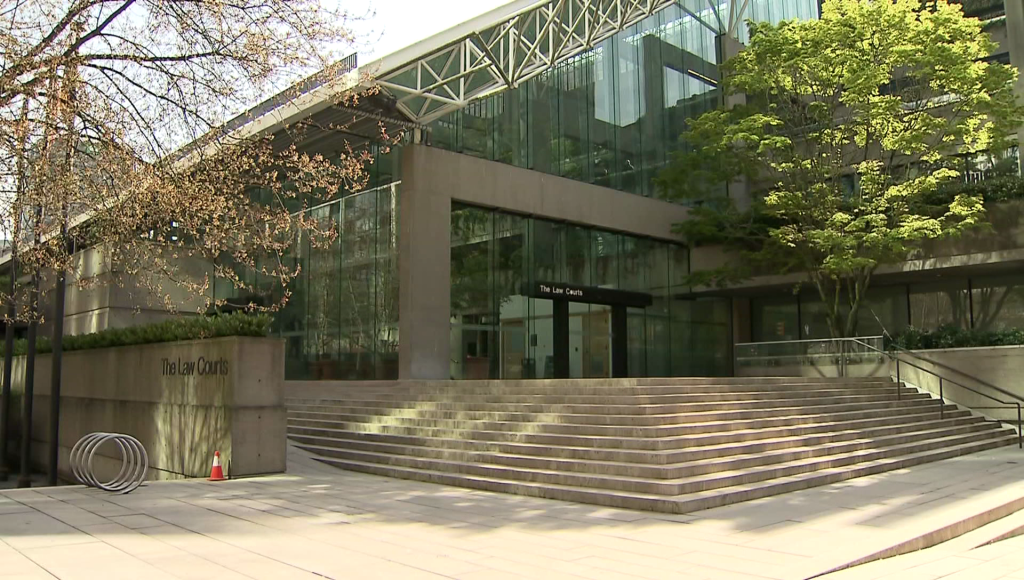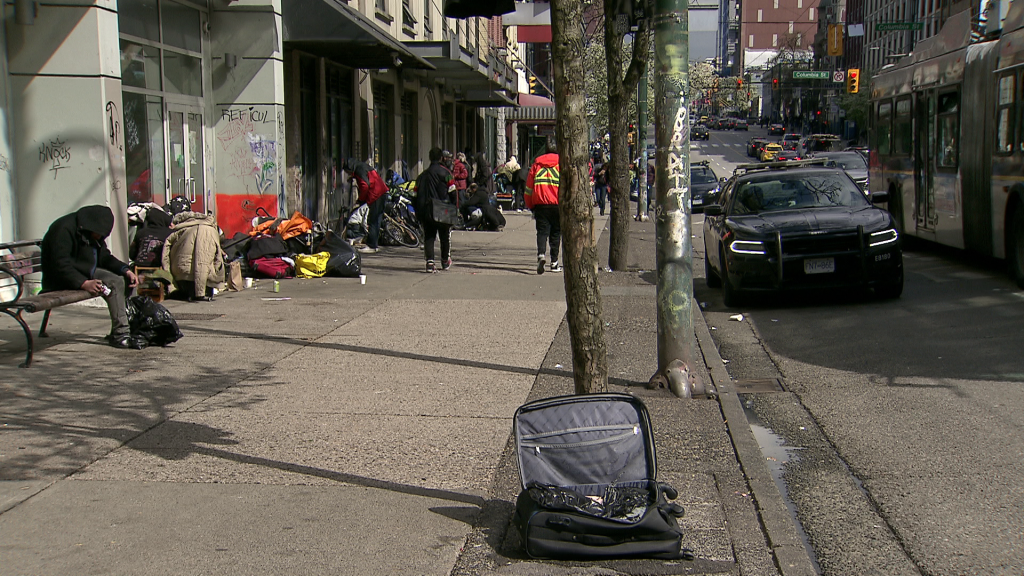B.C. bail changes focus on repeat offenders

Posted November 22, 2022 2:37 pm.
Last Updated November 22, 2022 2:40 pm.
The BC Prosecution Service has unveiled a revised bail policy, days after the province laid out its public safety plan.
Changes include keeping suspects in custody if it is deemed there is a risk to public safety, especially when it comes to repeat offenders.
The revised policy also includes “mandatory direction” from the assistant deputy attorney general (ADAG) to Crown that counsel “must seek the detention of a repeat violent offender charged with an offence against the person or an offence involving a weapon, unless they are satisfied the risk to public safety can be reduced to an acceptable level by bail condition.”
The Prosecution Service says the policy adds in a section titled “Protecting public safety and maintaining confidence in the administration of justice,” which underscores the Crown’s commitment to the safety of the public, as it relates to “repeat offenders, particularly repeat violent offenders.”
Related articles:
-
B.C. Premier David Eby announces new public safety plan
-
Incoming B.C. premier Eby vows to transform Vancouver’s Downtown Eastside
“In some circumstances it is not only appropriate but necessary for Crown Counsel to take a more stringent approach to bail,” the Crown Counsel Policy Manual reads.
The Crown describes a repeat offender as someone with “one or more recent convictions for an offence against the person … or an offence involving a weapon.”
Premier David Eby addressed changes to the bail process when he outlined the province’s safety plan Sunday.
He said B.C.’s attorney general was being directed to have prosecutors lay out a “clear and understandable” approach to bail for repeat offenders, with a new policy set to take effect Tuesday. He also announced plans to push the federal government to address changes to the bail system.

Eby explained on Nov. 20 that the Safer Communities Action Plan (SCAP) would lay out “concrete” steps at the provincial level to make communities safer through enforcement and intervention services.
He added there will be “coordinated response teams” consisting of police, dedicated prosecutors, and probation officers, whose goal is to “prevent violent crime before it happens and when it does happen, to make sure that violent offenders wait for trial in custody and not in our community, putting people at risk.”








